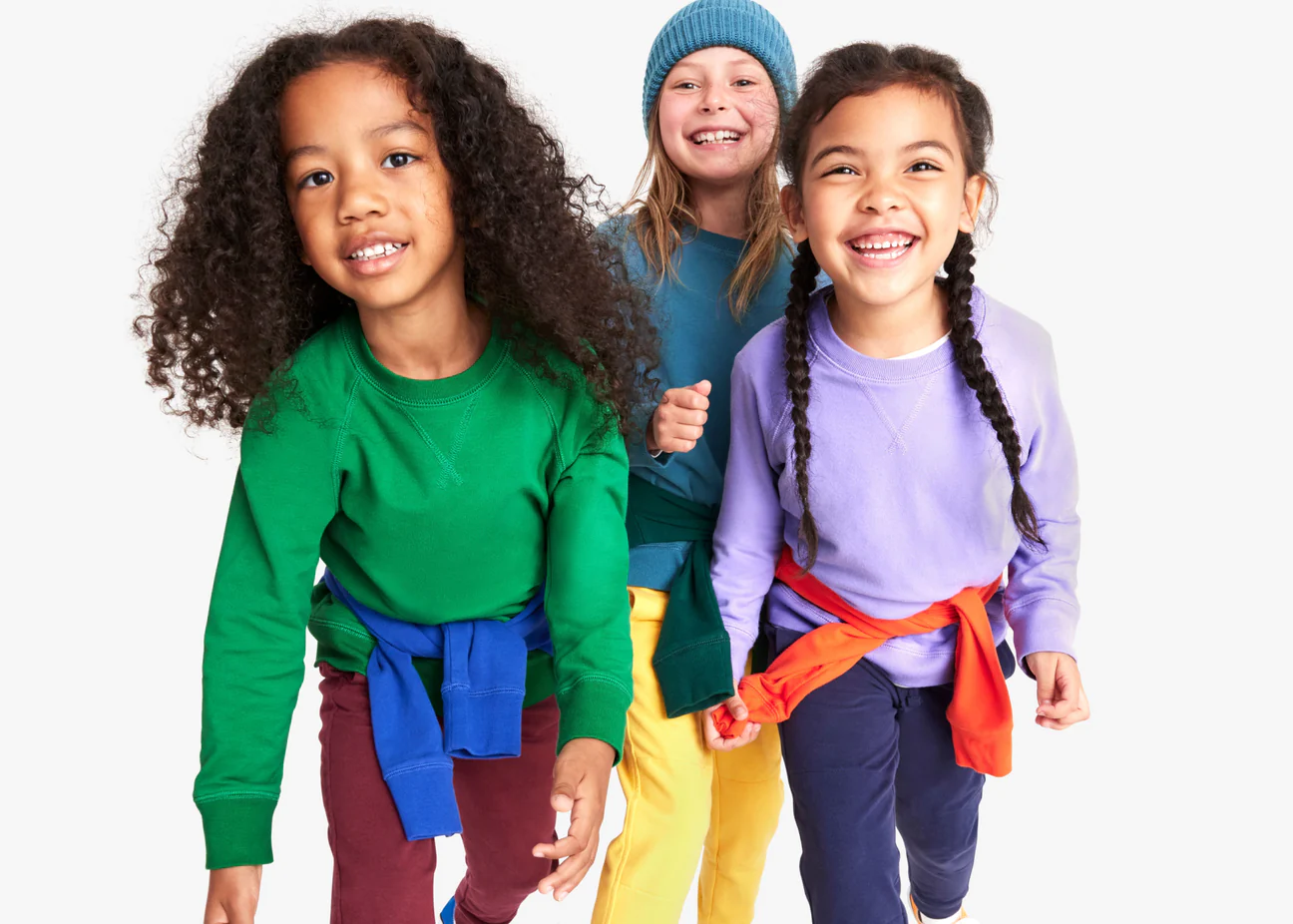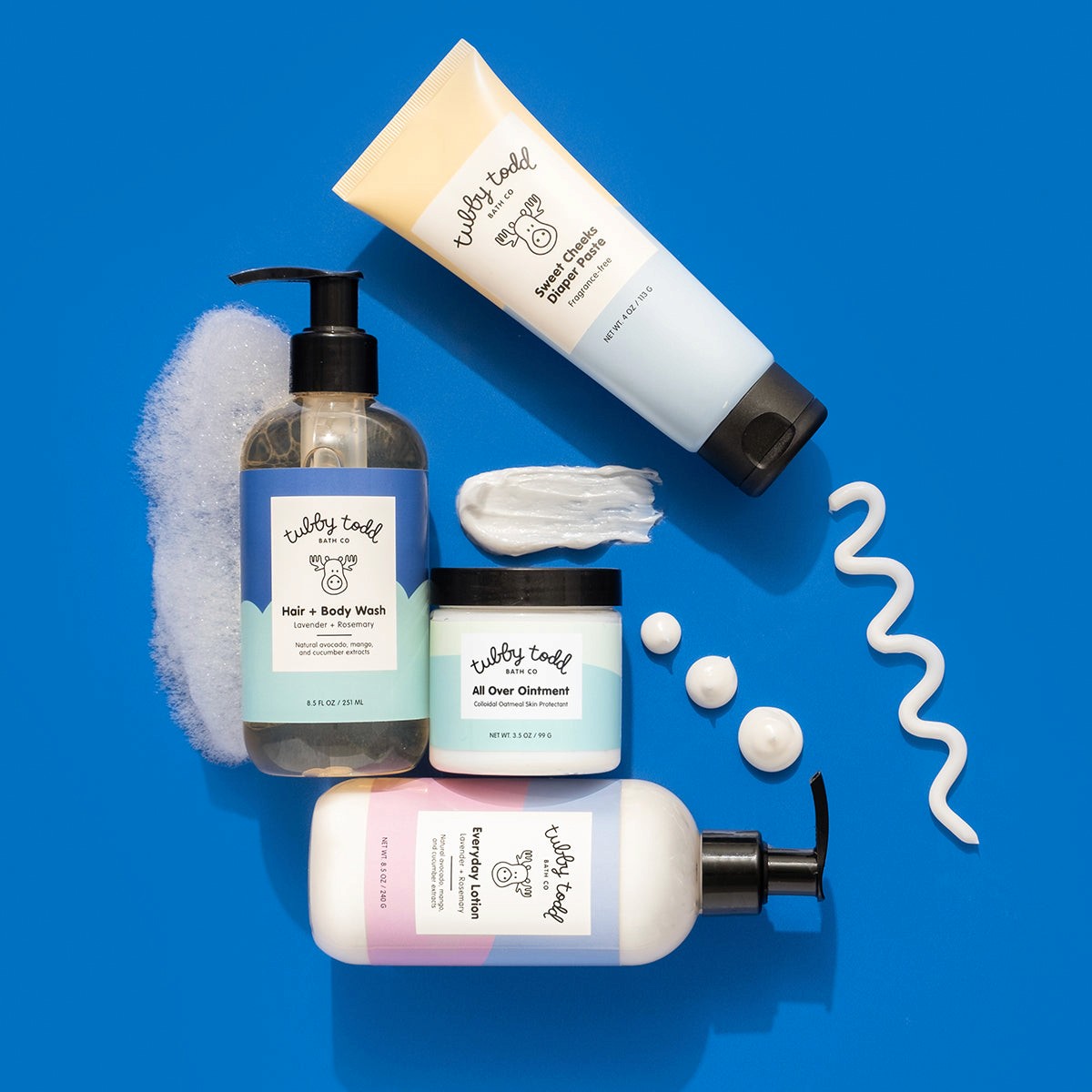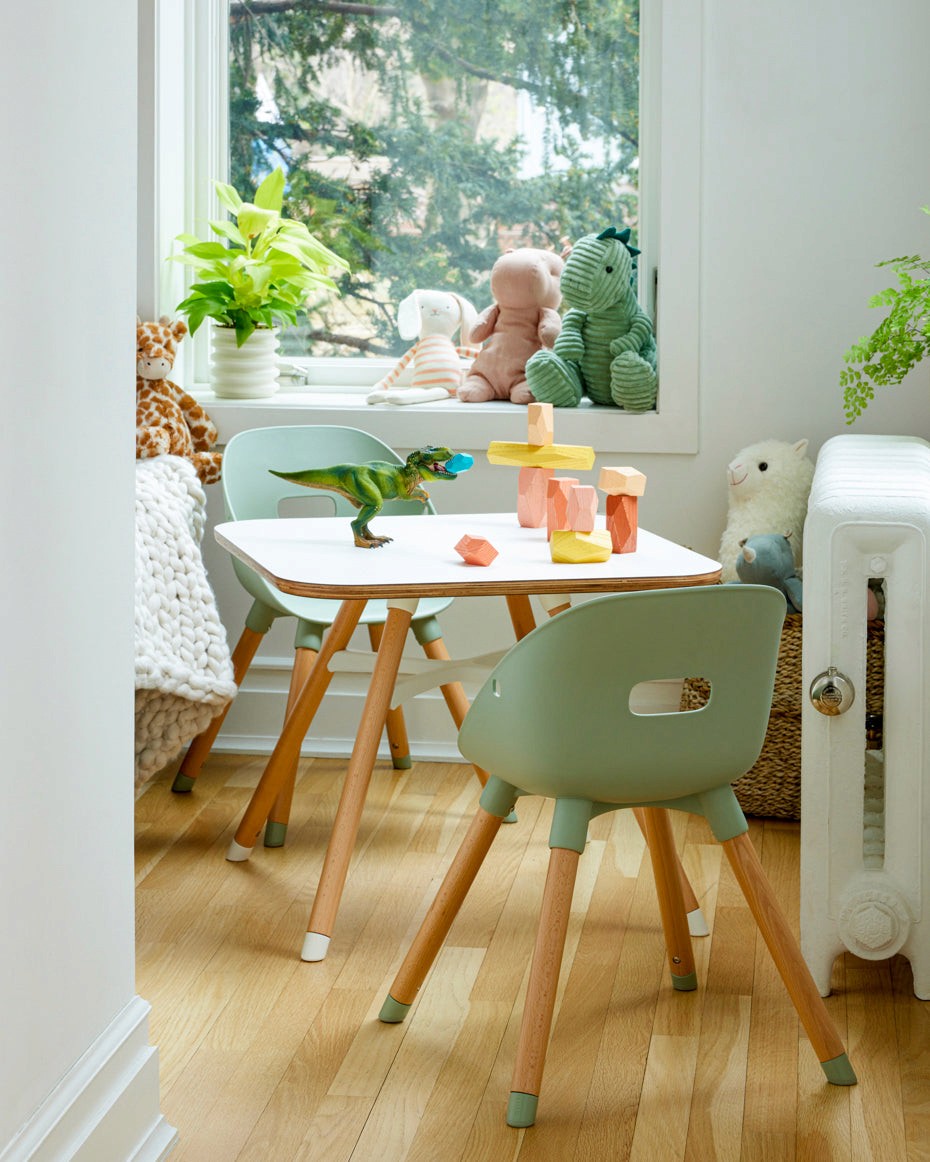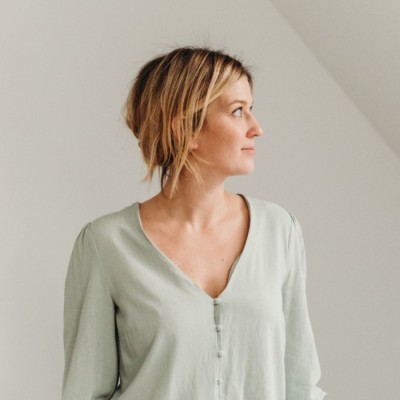Mockingbird
Last week we went deep on kicks, and our breakdown of the most popular brands shows that it takes a unique value prop to stand out in a crowded market – whether that be innovative design for comfort, sustainability first, or high-end lux for less.
This week, we’re taking a closer look at the top DTC brands offering up the best basics for kids and babies, because y’all know that’s where we’re spending all our money anyway.
Statista estimated the children’s apparel market to generate $53 billion in revenue in the US alone in 2023 ($272 bn globally), and according to a 2017 study from the Department of Agriculture, about 6% of our total spend on raising kids goes to clothing, and another 7% on miscellaneous! (I’ll just go ahead and pick my jaw up off the ground now)
Inclusive Outfits

Leading the charge in DTC for children is Primary, performing in the 99th percentile of all brands tracked by Next Big Shop in the category. They rank 25th on the overall DTC200 chart this week.
The startup introduced its frills-free basics for kids and toddlers (and now pets and parents too!) back in 2015. Co-founders Christina Carbonell and Galyn Bernard were not afraid to challenge the assumption that your offspring needs sparkly glitter and branded graphic tees in a “gender-appropriate” colorway in order to be their best adorable self, or you know, dressed.
Primary’s product offering is pretty solid (I can tell you from personal experience) and delivers high-quality cotton clothing, outerwear, and accessories, even cute capsule collections, at a very reasonable price point - the average product sold sits at just under $20 dollars. Right now, it’s their lightweight puffer jacket that is flying off the shelves, but don’t sleep on their basic joggers and pajama sets. If you move fast, you can still catch their friends and family sale, which runs through the end of the month.
With an estimated $82 million in annual sales (up from a reported 30 million in 2018) Primary’s investment in timeless essentials for kids seems to be paying off.
Clean Bath Time for Babies

Another DTC brand that seems to be served up in my Instagram feed any time I linger on a moms-are-exhausted-so-we’re-allowed-to-be-grumpy meme for more than three seconds is the Tubby Todd Bath Co. Tubby Todd offers up a line of body care for kids: soaps, body wash, lotions, haircare and more, all safe and soothing for sensitive skin.
Founder Andrea Faulkner Williams’ story feels familiar to many moms, except she turned her experience of lacking products to protect her newborn babies’ dry skin and keep eczema at bay into a multi-million dollar brand. It took her one month to sell her first hundred bottles back in 2014, and now the company is doing an estimated $4 million in online sales each month. That’s about $50 million a year, and more than 96% of the other brands in the Baby & Kids category.
It’s all about the bundles for Tubby Todd shoppers. Their top-selling product is the Regulars bundle, which is retailing at $48 right now, followed closely by the Baby Bundle which includes their Sweet Cheeks Diaper Paste and will cost you $63 in total.
Not exactly the cheapest butt cream on the market, but what price can you really put on a baby’s comfort, hmmm?
Great Design for Life with Littles

You can think of Lalo as the place to shop for pretty much anything you didn’t even know you were going to need when you generated offspring. Designed to not just work well, but also actually look nice (Imagine that!). From playtables and baby gyms, to booster seats and bath time accessories, even something called a Knee & Elbow saver that I would have gladly shelled out $42 for back when this nightly ritual required me to crouch over a wet floor for what felt like hours on end.
Spotting a gap in the market for great quality baby gear, co-founders Greg Davidson and Michael Wieder weren’t parents themselves just yet, so they took a data-driven approach to building their brand, sending out thousands of surveys to better understand what products and designs would appeal to young parents and families.
When they launched back in 2019, that strategy served them well, with organic celebrity endorsements from the likes of Jessica Alba and Khloe Kardashian spurring initial growth.
This past June, Lalo closed a Series A to the tune of $10 million, and are doing an estimated $14 million in online sales annually. The average cost of a product sold is just under $45, with the brand employing a pricing strategy and sustainable approach to development and materials intended to encourage young families to invest in higher quality products that will last longer and work better, without breaking the bank.
Presumably, the new funding will help them pursue an aggressive product innovation roadmap. Earlier this month, Lalo launched their new series of development-enhancing Play Boxes, which can be purchased individually or under the subscribe-and-save model we’ve seen brands across other categories wield to their advantage.
But the true secret to their success, evident throughout their marketing efforts both online and in person? Putting the at-times-isolating experience of becoming a new parent first. That’s how you cultivate true brand loyalty.
More Kid Brands to Watch
Step aside Snoo, rising up the charts with their convertible cribs and nursery necessities is Nestig. With an estimated $28 million in annual sales, Nestig is in the 91st percentile of all brands tracked in this category.
Curating safe and stylish (and yes predominantly beige) bits and bobs for babies, we estimate that Mushie is generating more than $1.3 million each month in online sales.
With their adorable booties for babies, Zutano is taking home roughly $12 million in annual sales. Their claim to fame is booties will actually stay on, but anyone who has ever observed a toddler with footwear will approach that statement with a dose of skepticism, at least until proven wrong.
Last but not least, it’s the stroller everyone is talking about right now. Quality at a reasonable price point is driving sales for Mockingbird, whose single-to-double stroller retails at $450. Compare that to a price point that sits north of $1,000 for the Uppababy Vista with frills, and close to $2k for the Bugaboo Donkey.
I think we can all agree it was time for a decent stroller at the right price. We can’t all afford the $7,700 Dior after all.
For more top products and brands in Baby and Kids, be sure to check out the Next Big Shop charts and subscribe. We’ll be back next week with another DTC deep dive. What category would you like us to explore next? Share your thoughts in the comments!
Updates delivered straight to your inbox



